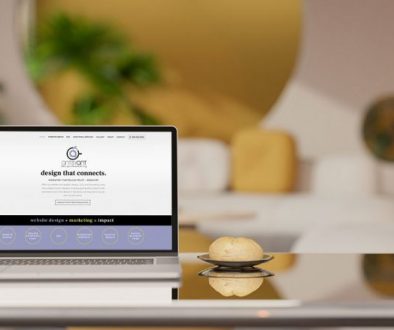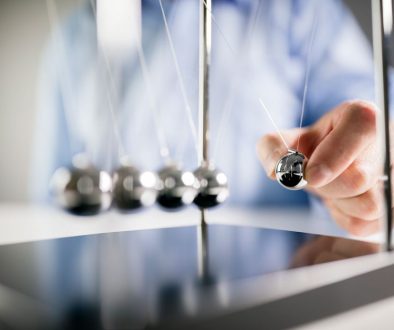Your website isn’t just an online brochure, it’s part of your customer’s decision-making process. Every visitor lands with a question: Am I in the right place? Can I trust this business? What should I do next? A website that converts doesn’t push people, it guides them. Each click should feel intentional, clear, and reassuring from start to finish. Here’s how to design a mindful customer journey that leads naturally to connection and conversion.
Add the Right Call to Action
- Make it obvious. Place your main action, “Book Now,” “Request Info,” “Get a Quote”, where it’s seen without scrolling.
- Make it natural. Match your CTA wording to where visitors are in their decision process.
- Make it practical. Choose the next step that’s easiest for your business to respond to and manage consistently.
- Make it consistent. Repeat the same action across your site so people always know what to do next.
Build Clarity Into Every Step
- Lead with purpose. Start each page with a headline that says exactly what visitors will find.
- Guide with structure. Use clean layouts, clear headings, and short paragraphs to make content easy to scan.
- Remove distractions. Every image, block, or link should earn its place.
- Use design to direct. Color, spacing, and buttons should gently guide the eye toward your next step.
Build Trust Before You Sell
- Show the people behind the business. A real photo or founder story makes your brand relatable.
- Add proof where decisions happen. Testimonials or reviews near your CTA reassure visitors at the right moment.
- Clarify your process. Walk people through what happens after they reach out.
- Keep your tone consistent. Authenticity always outperforms polish.
End With Follow-Through
- Use a thank-you page. Confirmation builds confidence and shows professionalism.
- Set clear expectations. Let visitors know when they’ll hear back and what happens next.
- Make follow-ups human. A short, personal email or call can turn a lead into a loyal customer.
- Review performance. Track what’s working, and refine your flow regularly.
The best websites don’t overwhelm, they guide.
Every element, from the headline to the thank-you page, should support a calm, confident journey that makes taking the next step easy. When your site feels natural to move through, visitors stop browsing and start believing, and that’s when conversion happens.



